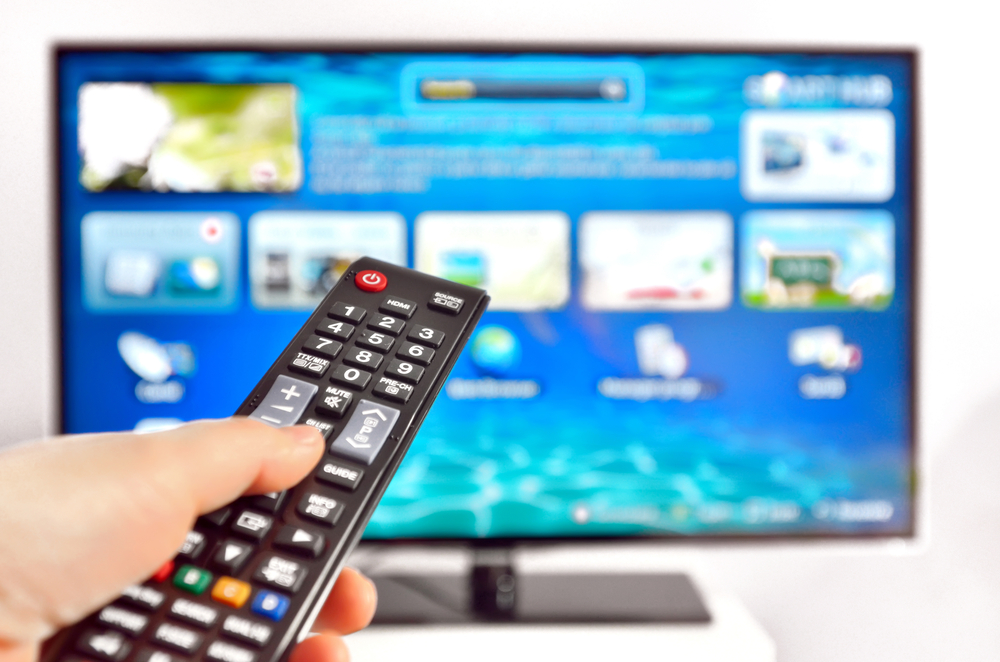Social Television
It’s a phrase you’re hearing more and more, but you’re not really sure what it is or what it means to you.
Generally defined, social television is a term for technology that supports communication and social interaction with television broadcasts or content related to television. In recent years, the Massachusetts Institute of Technology annual technology review has named social TV as one of the top ten most important emerging technologies. Connecting Comcast internet users, to the television programs, in other terms.
Why is the Field Growing?
Quite simply, social TV is allowing broadcasting, program producers, and media companies to develop other potential sources of revenue, through additional advertising outlets, view participation in programs, interactive purchasing through the television set, and compile scads of research data on viewers for a specific program.
At its most elementary level, an example of social TV would be using the remote or your smart phone to vote for contestants for any of the many talent shows currently being broadcast. Popular TV shows, such as The Voice, use social TV and online voting, as a platform for each artists length on the program.
The “live” program asks you to press a certain button on your remote or send a text from your phone to a dedicated number which registers your response as a ‘vote.’

Social TV Today
The social TV experience today takes many different forms. There are a few examples.
News and other programs often use #’s (hashtags) somewhere on the screen during the broadcast, which encourages a social ‘conversation’ using media like Twitter. Encouraging viewers to talk about an episode or current event builds word of mouth advertising.
Some programs, like “Top Gear”, have dedicated Facebook pages where viewers can interact and post messages during a program. After the program, there are often discussion periods conducted by the hosts or stars, as a way of extending the audience’s involvement with the program. This was recently used quite successfully with the final episodes of the popular television drama series “Breaking Bad.”
The “second screen” phenomenon has brought some creative approaches to broadcast and viewing. Some television programs have created additional content which is broadcast simultaneously with a program onto another device the viewer may be employing, like a tablet or smart phone.
The second screen is used to convey additional or related material to the viewer during the broadcast, which may be interesting or relevant, but if it appeared in the actual program would sometimes be thought to be distracting clutter.
This is a growing area as the television ratings service, A.C. Nielsen Company, has recently established that as many as 33% of television viewers are using mobile apps while watching television. The percentage rises dramatically with younger demographics of viewers, such as the prime target audience of 18-34 year olds.
Social TV in the Future
Very soon, social television will become even more ubiquitous. You’ll be watching one of the food networks and be able to press a button which will download a recipe and shopping list to your phone, and perhaps identify stores that have the ingredients on special on that given day.
Watching music videos and social television will allow you to respond to a music video by instantly downloading a copy of it. You will be able to order fan merchandise and DVD sets of your favorite episodic television programs.
Program producers may produce several different versions of television series, which points in the program whereby viewer interaction will steer the plot in different directions, and further down the line, this will be able to occur at an individual’s whim, rather than as a group mandate.
Media, broadcasting, and internet revenue today is all about building communities, and social TV brings groups that share a common interest together.

